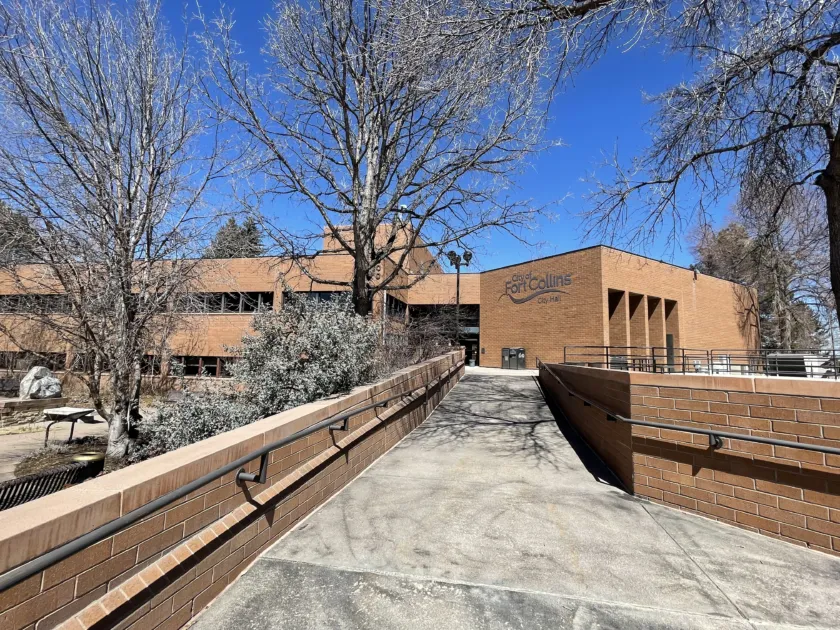Fort Collins council members question East Mulberry plan

FORT COLLINS – Members of the Fort Collins City Council gave a lukewarm reception Tuesday night to staffers’ multifaceted plan for the Mulberry Street corridor, the city’s often-neglected eastern gateway.
At a council work session in which city staffers hoped to shape an ordinance to be presented to the council for first reading on Nov. 21, senior policy manager Sylvia Tatman-Burruss and senior long-range planner Megan Keith presented a vision for upgrading the area bounded by Interstate 25 to the east, Vine Drive to the north, Lemay Avenue to the west and the Cache la Poudre River to the south to…
THIS ARTICLE IS FOR SUBSCRIBERS ONLY
Continue reading for less than $3 per week!
Get a month of award-winning local business news, trends and insights
Access award-winning content today!




